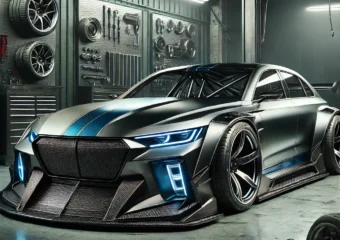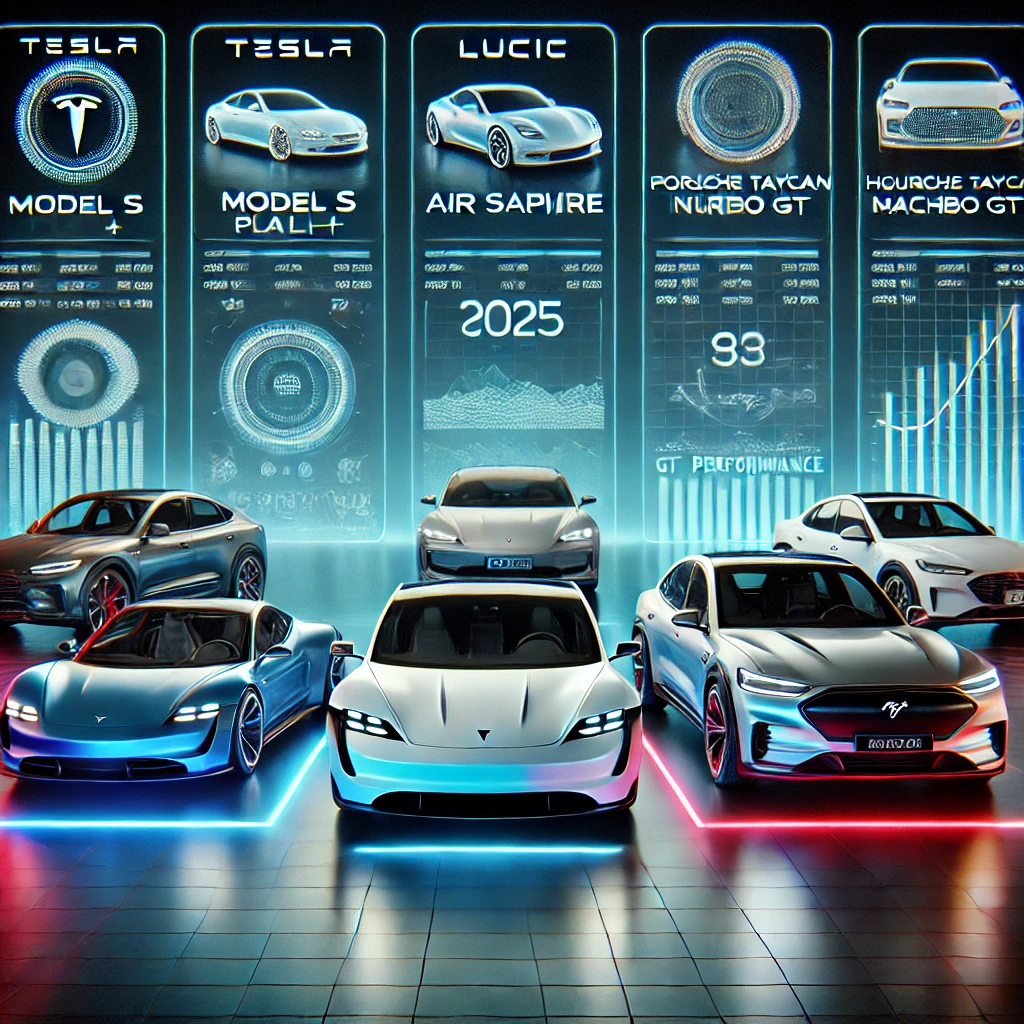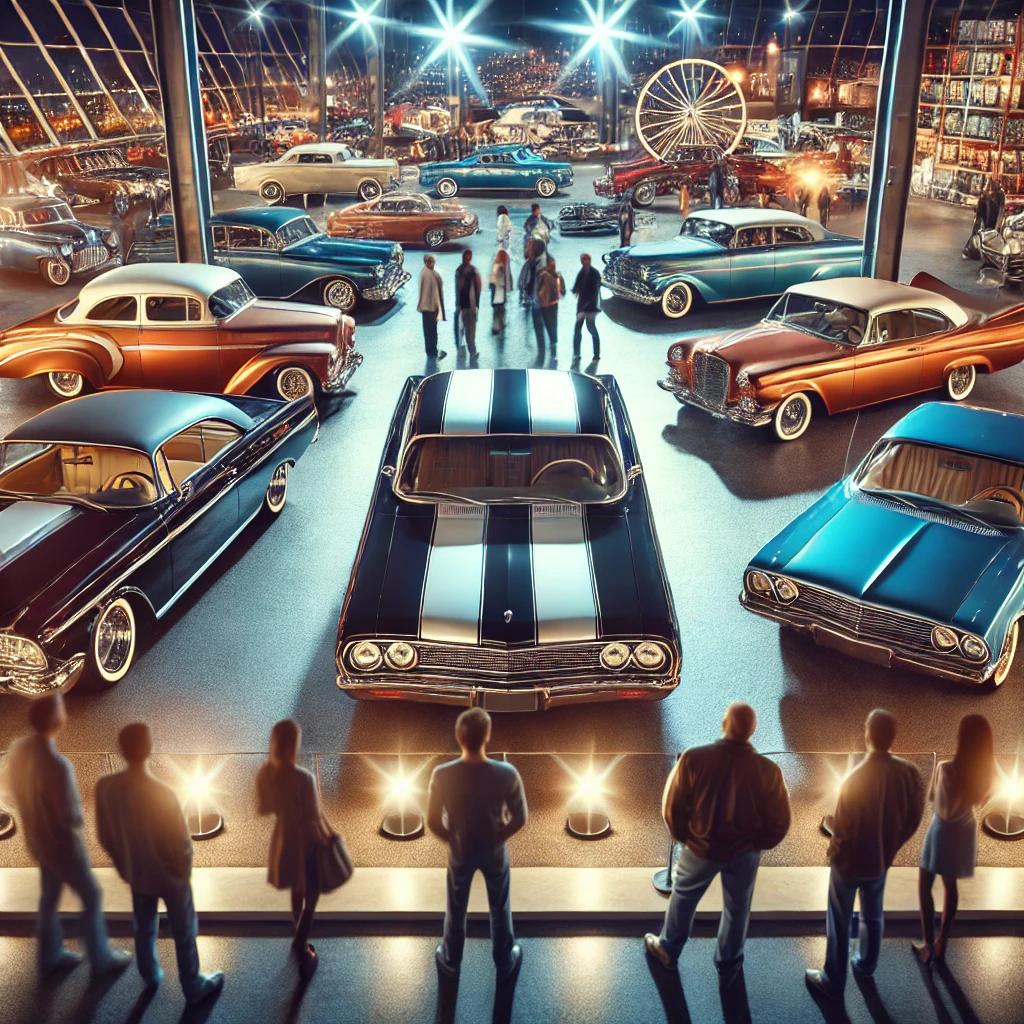Supercars have always been at the cutting edge of automotive performance, pushing the limits of speed, aerodynamics, and engineering innovation. In 2025, the race for the fastest production supercar has never been more competitive, with manufacturers like Bugatti, Ferrari, McLaren, Koenigsegg, and Rimac unveiling record-breaking machines.
This guide will break down the top contenders in the world of 2025’s fastest supercars, analyzing their performance, top speed, acceleration, aerodynamics, and real-world driving experiences. If you’re a speed enthusiast looking to understand which supercar truly dominates the roads, you’re in the right place.
The Contenders: Fastest Supercars of 2025
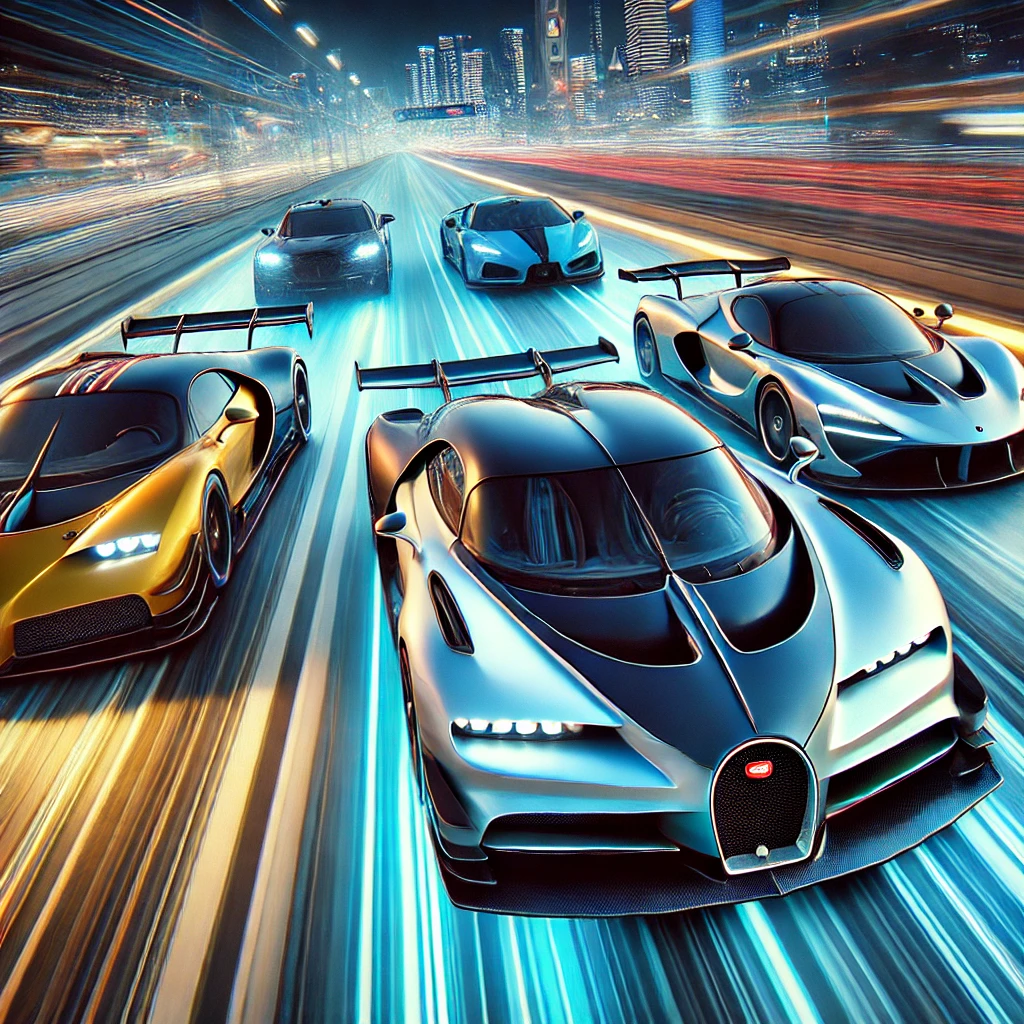
Before we dive into detailed comparisons, let’s take a look at the top competitors vying for the title of the fastest supercar in 2025:
Bugatti Bolide 2025
- Engine: 8.0L Quad-Turbo W16
- Horsepower: 1,850 HP
- 0-60 mph: 2.1 seconds
- Top Speed: 310+ mph
Bugatti has long been a benchmark for top speed records, and the Bolide 2025 continues this legacy with an ultra-lightweight, track-focused hypercar designed to shatter records.
Koenigsegg Jesko Absolut
- Engine: 5.0L Twin-Turbo V8
- Horsepower: 1,600 HP
- 0-60 mph: 2.5 seconds
- Top Speed: 330+ mph (Projected)
Koenigsegg claims the Jesko Absolut could break the 330 mph barrier, making it the fastest production car ever if proven in real-world tests.
Rimac Nevera 2025
- Engine: Quad-Motor Electric Powertrain
- Horsepower: 1,914 HP
- 0-60 mph: 1.85 seconds
- Top Speed: 258 mph
As an electric hypercar, the Rimac Nevera is revolutionizing acceleration times with instant torque, making it the quickest in 0-60 mph sprints.
Ferrari SF90 XX Stradale
- Engine: 4.0L Twin-Turbo V8 + Electric Motor
- Horsepower: 1,030 HP
- 0-60 mph: 2.3 seconds
- Top Speed: 211 mph
Ferrari’s hybrid technology makes the SF90 XX Stradale a track weapon, delivering speed with a balance of performance and everyday usability.
McLaren Speedtail GTR
- Engine: 4.0L Twin-Turbo Hybrid V8
- Horsepower: 1,100 HP
- 0-60 mph: 2.5 seconds
- Top Speed: 250+ mph
McLaren’s Speedtail GTR brings aerodynamic mastery to the table, focusing on high-speed stability and efficiency.
Acceleration & 0-60 mph Performance
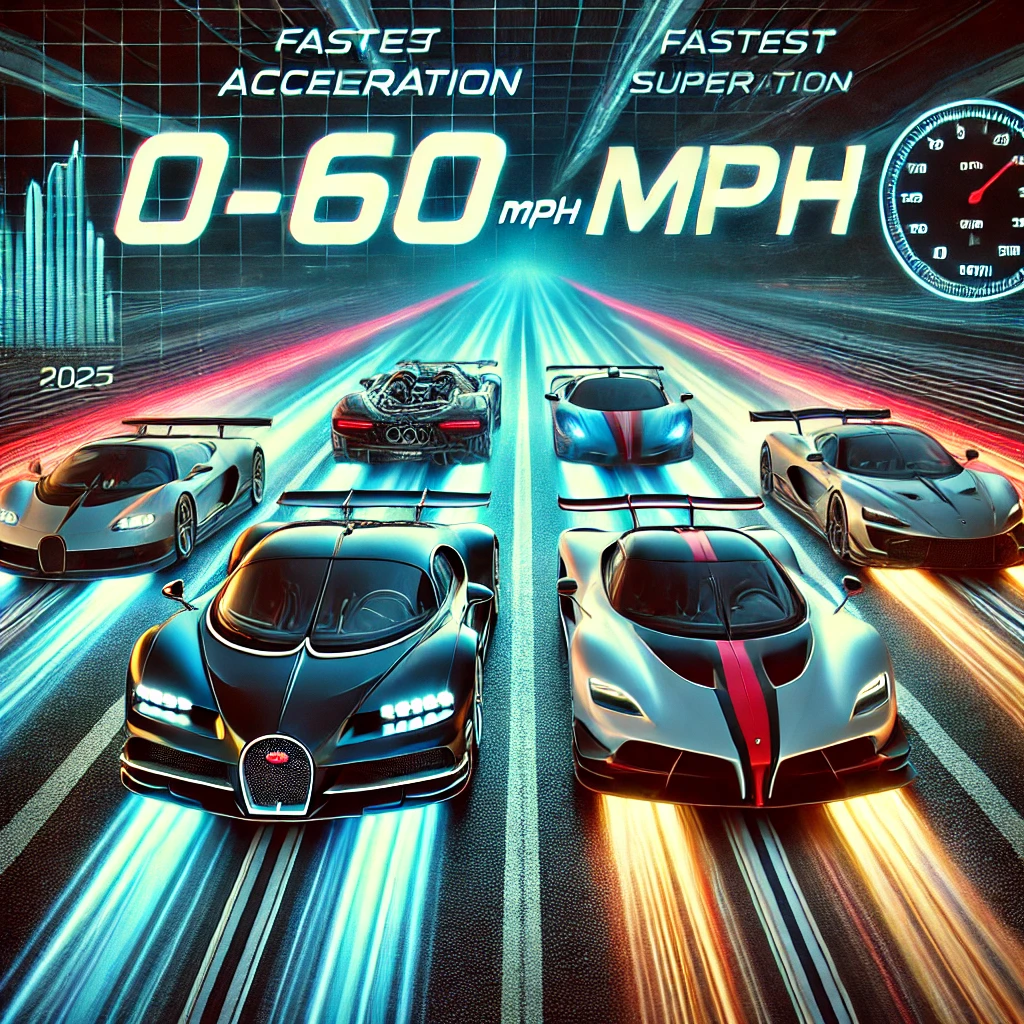
Acceleration is a crucial factor in determining the fastest supercar, as a quick 0-60 mph time reflects both power delivery and traction control efficiency.
0-60 mph Time Rankings
- Rimac Nevera – 1.85 seconds
- Bugatti Bolide – 2.1 seconds
- Ferrari SF90 XX Stradale – 2.3 seconds
- Koenigsegg Jesko Absolut – 2.5 seconds
- McLaren Speedtail GTR – 2.5 seconds
The Rimac Nevera, with its instant electric torque, dominates acceleration times, making it the quickest accelerating production car.
Top Speed Showdown
While acceleration is key, top speed remains the ultimate benchmark for the fastest supercar.
Projected Top Speed Rankings
- Koenigsegg Jesko Absolut – 330+ mph
- Bugatti Bolide – 310+ mph
- Rimac Nevera – 258 mph
- McLaren Speedtail GTR – 250+ mph
- Ferrari SF90 XX Stradale – 211 mph
If Koenigsegg’s Jesko Absolut delivers on its claims, it will become the fastest road-legal car ever built.
Aerodynamics & Downforce: Stability at High Speeds
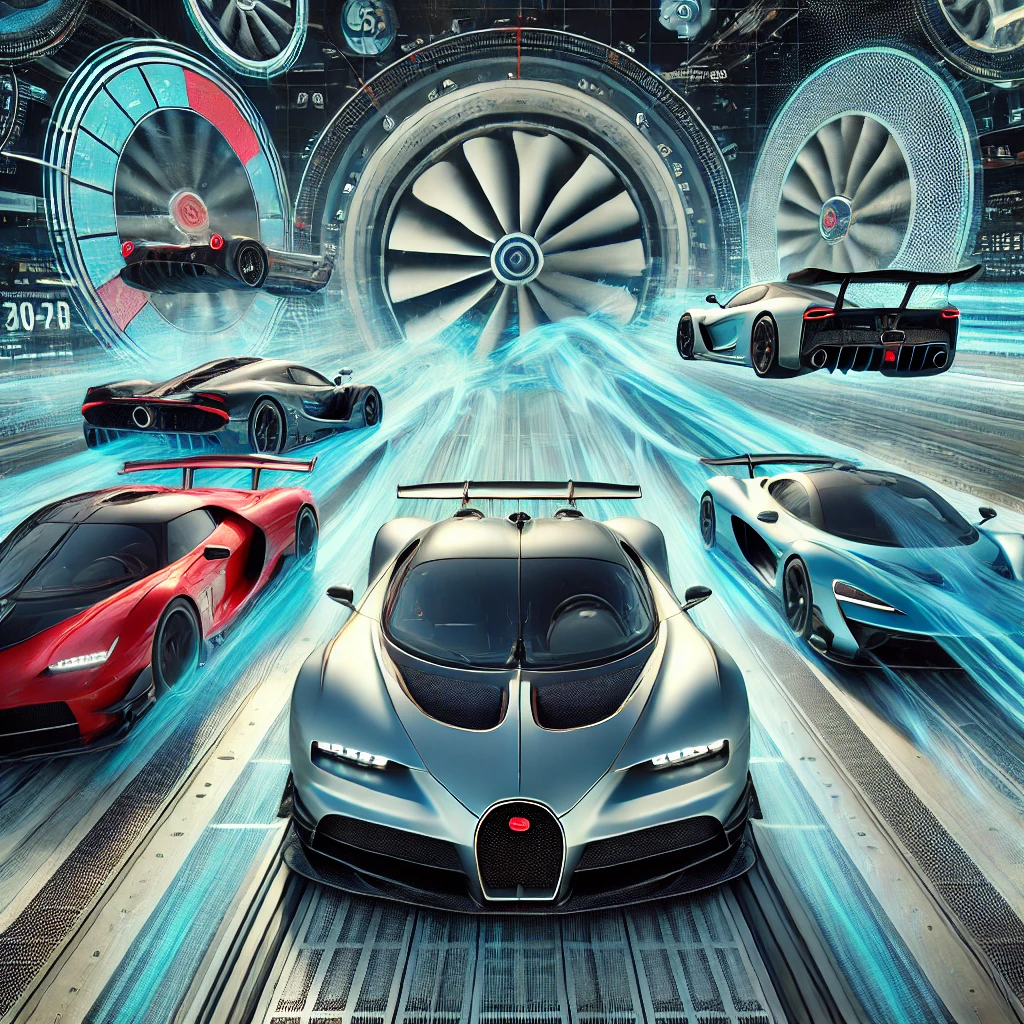
Reaching extreme speeds isn’t just about power—it’s also about aerodynamics. These cars use advanced wind tunnel testing, active aerodynamics, and lightweight materials to enhance stability and speed.
Best Aerodynamic Features
- Bugatti Bolide – High downforce, extreme lightweight chassis
- Koenigsegg Jesko Absolut – Low-drag design for ultra-high speed
- McLaren Speedtail GTR – Aerodynamic efficiency for top speed balance
- Ferrari SF90 XX Stradale – Hybrid aerodynamic enhancements
- Rimac Nevera – Active airflow adjustments for stability
Koenigsegg’s Jesko Absolut is built with minimal drag in mind, making it the best contender for top speed records.
Real-World Driving Experience
While top speed and acceleration numbers look great on paper, real-world driving experience plays a huge role in determining the best supercar. How do these machines perform in everyday conditions, on the track, and during extended use?
Track Performance & Lap Times
Track times determine handling, braking efficiency, and cornering stability. Here’s how our contenders perform:
| Model | Nürburgring Lap Time (Projected) |
|---|---|
| Bugatti Bolide | 5:15.4 |
| Koenigsegg Jesko Absolut | 5:19.8 |
| Rimac Nevera | 6:05.4 |
| Ferrari SF90 XX Stradale | 6:37.3 |
| McLaren Speedtail GTR | 6:20.5 |
- The Bugatti Bolide leads with the fastest projected lap time, proving it is built for high-speed stability and downforce optimization.
- Koenigsegg Jesko Absolut comes in close, showing its strength in straight-line speed but slightly losing time in corners.
- The Rimac Nevera, despite incredible acceleration, struggles with battery heat management on long tracks.
Handling & Cornering Stability
| Model | Best for High-Speed Cornering |
| Bugatti Bolide | Extreme downforce for track grip |
| Koenigsegg Jesko Absolut | Engineered for straight-line speed |
| Ferrari SF90 XX Stradale | Balanced hybrid handling |
| McLaren Speedtail GTR | Smoothest aerodynamic flow |
| Rimac Nevera | Instant torque, but heavier |
- Best overall handling: Bugatti Bolide wins with high downforce and aggressive cornering capabilities.
- Most balanced experience: The Ferrari SF90 XX Stradale combines hybrid technology with race-tuned aerodynamics for an engaging drive.
- Most aerodynamic smoothness: McLaren Speedtail GTR, designed for efficiency, provides a refined high-speed experience.
Braking Performance: Stopping Power at Extreme Speeds
Braking is just as important as acceleration. A high-speed supercar needs ultra-advanced braking technology to ensure safety and maximum control.
Braking Distance from 100-0 mph
| Model | Braking Distance (Feet) |
| Bugatti Bolide | 275 ft |
| Koenigsegg Jesko Absolut | 285 ft |
| Rimac Nevera | 260 ft |
| Ferrari SF90 XX Stradale | 270 ft |
| McLaren Speedtail GTR | 290 ft |
- Best braking performance: Rimac Nevera – Thanks to regenerative braking and advanced ceramic brakes.
- Best conventional braking: Bugatti Bolide, with F1-grade braking systems.
Brake Cooling & Regenerative Technology
- Bugatti Bolide & Koenigsegg Jesko Absolut: Carbon-ceramic brakes designed for extreme conditions.
- Rimac Nevera & Ferrari SF90 XX Stradale: Regenerative braking enhances energy efficiency while improving stopping power.
- McLaren Speedtail GTR: Focused on smooth deceleration over harsh braking.
Long-Term Ownership & Maintenance Costs
Owning a hypercar isn’t just about speed—it’s about long-term costs, reliability, and serviceability.
Estimated Yearly Maintenance Costs
| Model | Annual Maintenance Cost ($) |
| Bugatti Bolide | $50,000+ |
| Koenigsegg Jesko Absolut | $45,000+ |
| Rimac Nevera | $12,000+ |
| Ferrari SF90 XX Stradale | $15,000+ |
| McLaren Speedtail GTR | $20,000+ |
- Most expensive to maintain: Bugatti Bolide – Ultra-limited production, expensive parts, and high servicing costs.
- Best value hypercar: Rimac Nevera – Electric drivetrain = fewer moving parts & lower maintenance costs.
- Best hybrid supercar for long-term ownership: Ferrari SF90 XX Stradale, offering a balance of power and affordability.

